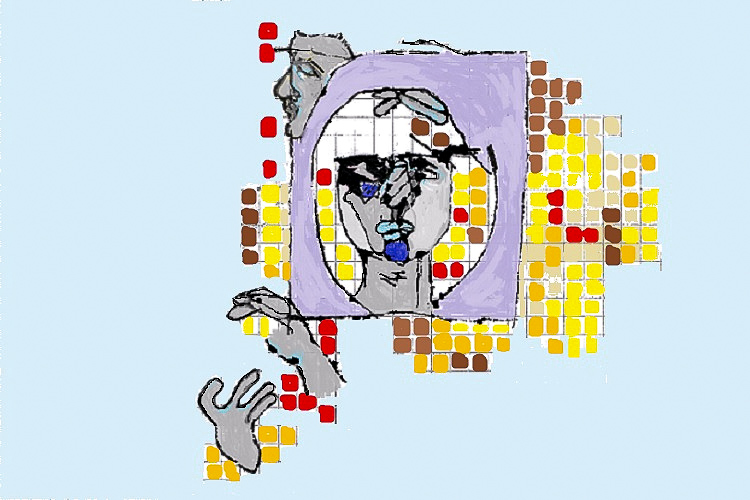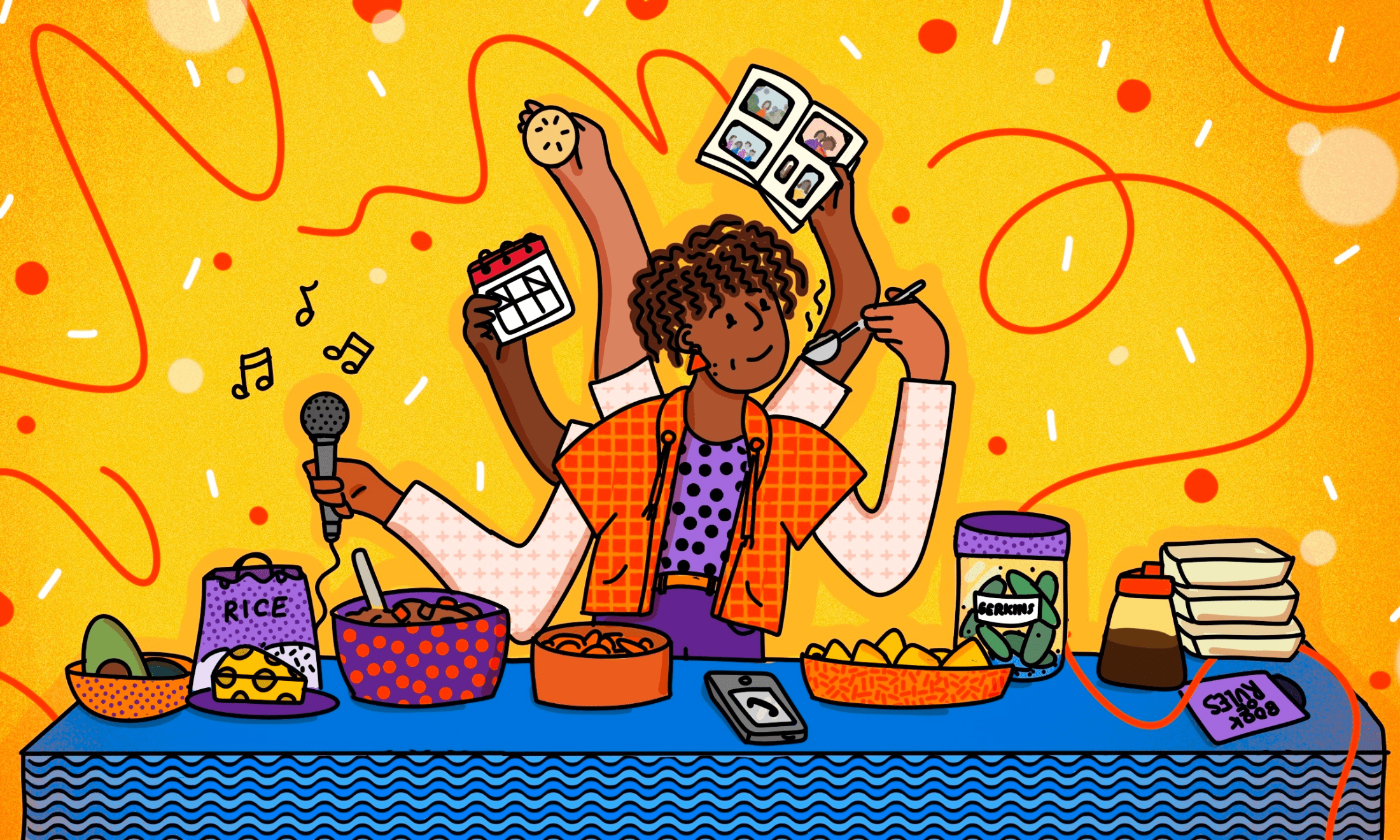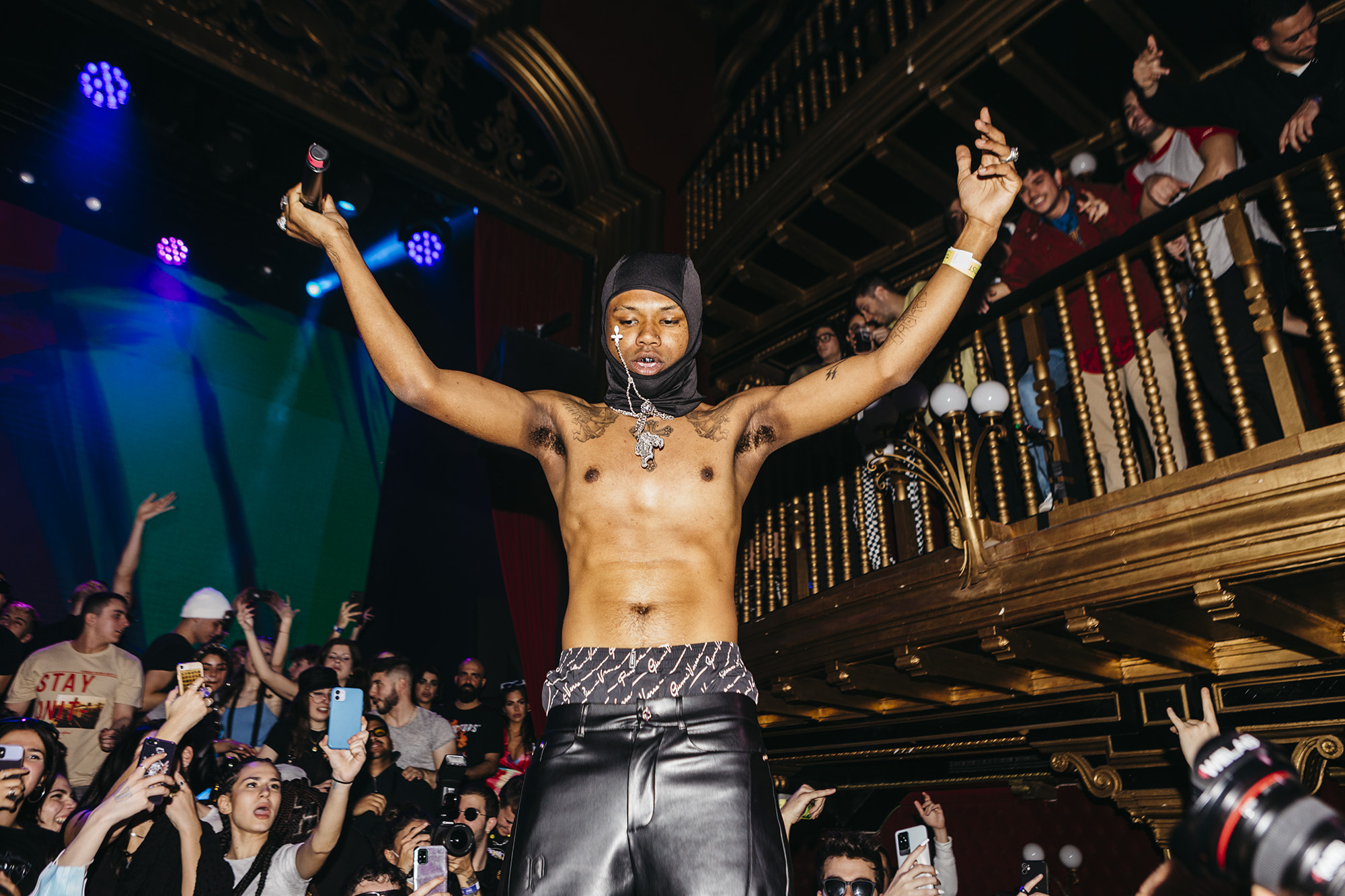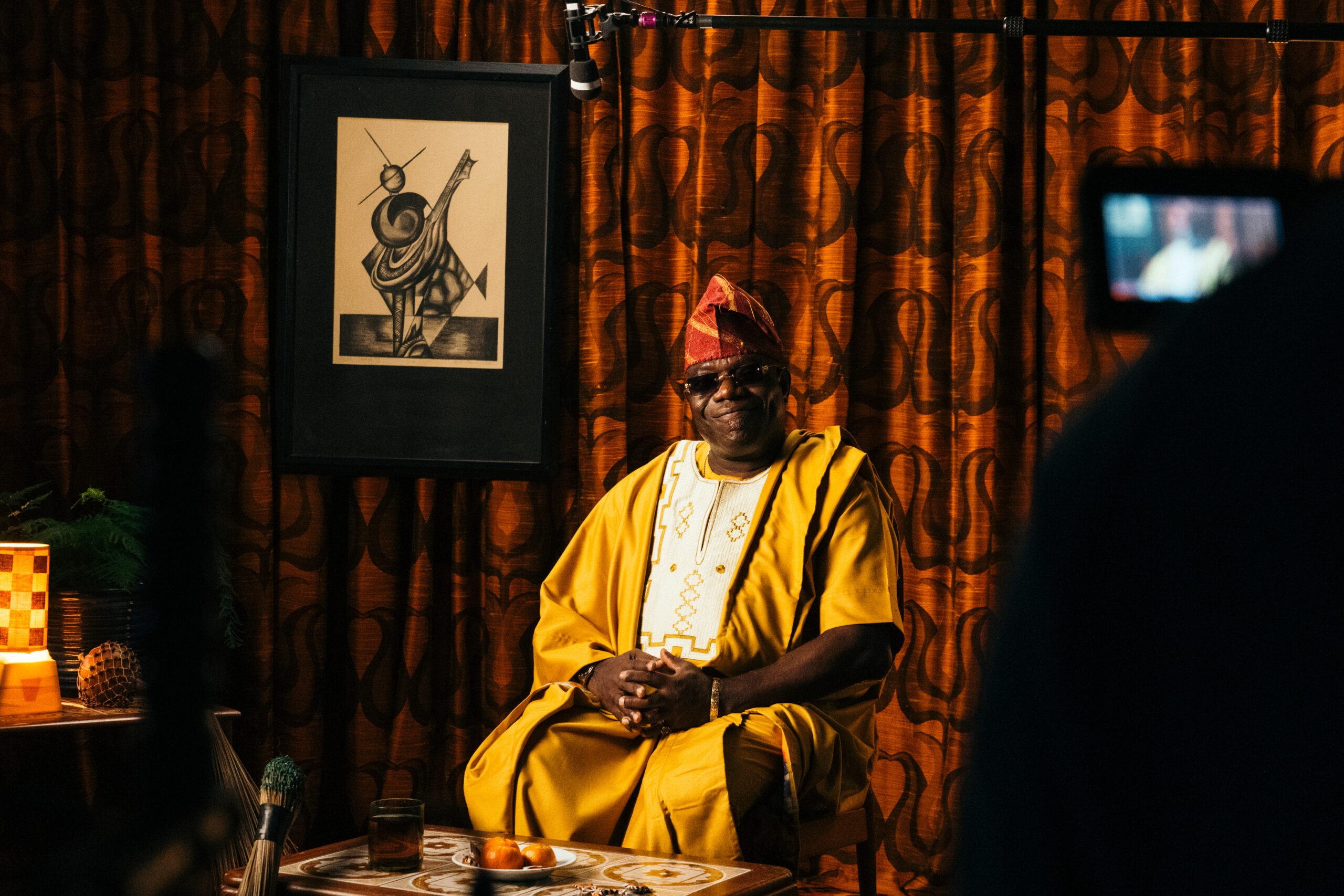
Britain has barely got its head around interracial relationships, and already we’re behind the times. The children of mixed couples from the 1960s and 70s are now adults, with their own kids – even grandkids.
But which box do they fit into? Black, white, Asian, mixed race? Is there a terminology that exists for second generation mixed race children that does not just shove them into the box labelled “other”?
Emma, who describes herself as half Mauritian and half Sri Lankan, resists the labels put on her: “I am classified as ‘Asian’ in the UK or ‘Asian – mixed’ or ‘mixed – other’ or ‘other’. I don’t resonate with any of these terms.”
Since having a son with her Nigerian partner, Emma is well aware that negotiating restrictive labels is about to get even more complex.
If her son was confused or asked for guidance, she says, she’d discuss it with him to find a term that he is comfortable with. But ultimately the choice would be his. “I think it’s important for us to identify ourselves as we feel as individuals,” she says.
This doesn’t mean, though, that other people aren’t already deciding for him – albeit in a positive, inclusive way. On the couple’s regular trips to Lagos, he’s embraced as a Nigerian and called “Yoruba boy”. And when the children at his London nursery had to make a flag of their country, he came home with a Nigerian flag.
The most important thing for the couple, though, is simply to celebrate all sides of their son’s ancestry. He has a Yoruba name and a Sanskrit name. He has traditional Nigerian and Asian clothes. He eats food from both cultures. And, says Emma, “we call him beautiful brown boy most of the time!”
“While there have been many studies of mixed-race relationships, there is precious little research on mixed-race families”
While there have been many studies of mixed-race relationships, there is precious little research on mixed-race families. This is something Miri Song, Professor of Sociology at the University of Kent, wants to change. Her new book, Multiracial Parents: Mixed Families, Generational Change and the Future of Race, explores some of these issues.
“There has been no study of how multiracial people think about the next generation down, their second generation mixed children,” writes Song in the book’s introductory chapter. “And as these second generation mixed individuals grow up, partner, and have children themselves, we are facing a fascinating yet unknown societal landscape.”
There is, she says, no single official definition of “mixed” in Britain. So can the children of multiracial parents use this ambiguity to call themselves mixed race too? In theory, yes, but in practice wider society often has other ideas. Mixed race has almost become shorthand for someone who has one black parent and one white. Any deviance from this ratio raises eyebrows.
When I describe myself as mixed race, for example, people aren’t always convinced. “Is your dad black though? Or mixed?” they say suspiciously, looking at my more-curly-than-afro hair. I sometimes feel obliged to show a photo as “proof”.
“Mixed race has almost become shorthand for someone who has one black parent and one white. Any deviance from this ratio raises eyebrows”
Boxed out by existing terminology, some people of different racial mixes have come up with their own creative but slightly awkward descriptions, such as “blasian” (black and Asian), “blackanese” (black and Chinese, Vietnamese or Japanese), “blindian” (black and Indian), or Tiger Woods’s inventive “cablinasian” (Caucasian, black, Indian and Asian).
Sarah Bentley, founder of charity Made in Hackney, usually ticks White/British or White/Irish on forms to acknowledge her Irish ancestry. Her partner has Nigerian and English roots (“with a bit of Italian thrown in as well”). And though he’s only three and a half, their son is already noticing race.
“He came back from nursery saying, ‘I’m brown’ or ‘I’m black’ – I can’t quite remember which – and that prompted a very simple conversation,” says Bentley. “‘What colour is Mama?’ He says pink. ‘What colour is Dada?’ He says brown. We then say, ‘So what colour is Rowan? And he says, as we’ve told him this: ‘I’m brown too because I’m half pink from Mama and half brown from Dada’.”
What would she say if he described himself as white later in life? “I’d find that quite amusing at first as he clearly does not look white – but then I’d be quite disturbed […] We’d have to have a very serious conversation about where this was coming from, why he felt this and why it wasn’t accurate and wasn’t who he truly was.”
If you have one white parent and one mixed parent (who is half Caucasian), calling yourself white may feel like denying the non-white element. Yet calling yourself mixed isn’t always accepted. Just look at Mariah Carey. Back in 1998 she clearly told Vibe magazine, “I am mixed”. But 5,400 people a month apparently still search online: ‘Is Mariah Carey black?’
“But 5,400 people a month still search online: ‘Is Mariah Carey black?'”
BBC broadcast journalist Nora Fakim explores issues of mixed-race and multicultural identity in her work, by interviewing diasporans struggling with definitions of home and also through her blog, Mixed Up Messed Up?.
Asked how she describes herself, Fakim’s definition is testament to the richness and complexities of many mixed-race identities today. “I guess normally I would say half Moroccan and half Mauritian,” she says. “But to be more specific I would say half North-African and half Mauritian-Indian as Mauritians are very diverse! I guess I could also put Arab-Indian mix. But it’s more complex than that, only because Morocco has more Berbers than Arabs and saying Indian is weird because being Mauritian-Indian is very different to being an Indian from India.”
Try fitting that into the “other” box on a form.
Despite growing up in a predominantly white area, Fakim didn’t have many problems with racism. “I guess because people couldn’t figure out where I was from,” she says. “My friends who looked more Asian or black had more problems than me to be honest. My name is also Nora so some thought I was half Irish.”
She hopes that through her work she can highlight some of the complexities of straddling two or more cultures. “I think when you are mixed you can be judged from both sides simply because some people can’t figure you out,” she says. “But when you are mixed, you automatically don’t fit into a box.”
“Despite these concerns, mixed-race parents and children must also acknowledge the privilege that comes with being lighter skinned”
Labels and racial definitions, though, are just the tip of the iceberg. Mixed-race parents may also experience feelings of identity loss or cultural rejection. Some may worry about the reaction of strangers to, say, a mixed woman with a “white” child. Others may feel ill-equipped to support their darker-skinned child through negative experiences that they as a lighter-skinned person mostly dodged.
Despite these concerns, mixed-race parents and children must also acknowledge the privilege that comes with being lighter skinned or racially ambiguous in our current society. They are more often employed, supported or publicised in a conscious or unconscious show of diversity by white gatekeepers who don’t want to appear racist.
When the former editor of British Vogue, Alexandra Shulman, mentioned model Adwoa Aboah in a recent, cringeworthy Guardian interview littered with micro-aggressions, she gushed: “She’s the perfect mixture of mixed race, sort of posh Notting Hill royalty.”
Even the parents of some mixed-race children use their offspring in this way, showing them up as examples of how they “don’t see colour” or citing them in defence against accusations of racism.
Mixed-race people could be, we’re told, the future – an idea that often contains an anti-black undertone, as if this is the only acceptable shade for a person of colour. Until that day arrives (or doesn’t), there needs to be a space for us to explore how our terminology around race impacts on our sense of self. Let’s not wait for the inevitable Daily Mail article about Harry and Meghan’s “quadroon” kid before we have these discussions.









